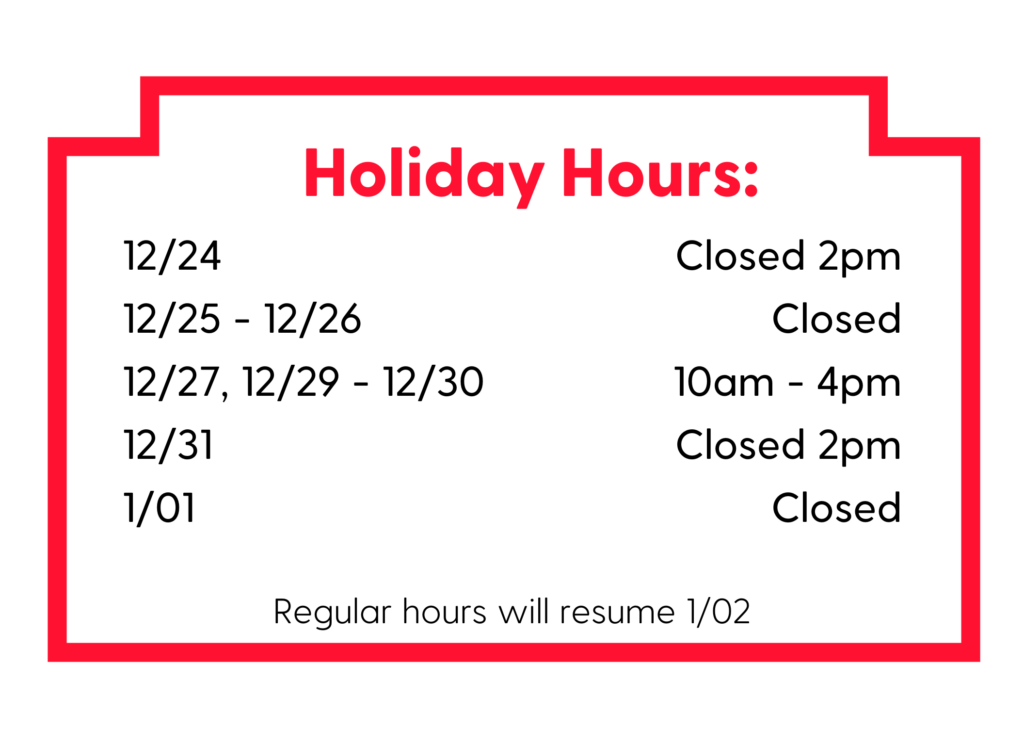In the latest installment of our Talking With series, singer/songwriter Jeff Libman discusses songwriting and his upcoming fundraising concert at The Art Center Highland Park with our executive director, James Lynch.
Join us for LATE NIGHT AT THE GALLERIES with Jeff Libman and the Jujus on September 14th at 7 pm. The event will be indoors and held in the Main Gallery of The Art Center, where the exhibition Voices & Visions; Standing on the Bridge Between Health and Disease will be open late for all the guests to enjoy before the show ends. This is a pay-what-you-can event with all donations benefiting art education.
Highland Park’s own native son Jeff Libman and his band the JuJus bring their infectious acoustic soul sound to the Art Center Highland Park. Told he was born to the wrong musical generation, he credits his songwriting to the classic singer-songwriters of the 1970s and the soul/pop of the same era. If you have been to Highland Park, you’ve undoubtedly seen Jeff perform at various venues throughout the years.
Jeff Libman and The Jujus will play their repertoire of pop, folk, soul, and Americana music and songs in the Main Gallery to benefit the Education Fund at The Art Center Highland Park, a 501 non-profit organization dedicated to inspiring and igniting a passion for the arts through self-expression, dialog, community engagement and inclusiveness. Donations will be used for various educational programs, including community outreach and scholarships.

 How did you get your start in jewelry? Did you take classes in jewelry making or are you self-taught?
How did you get your start in jewelry? Did you take classes in jewelry making or are you self-taught? From your Instagram, it looks like you attend a lot of art fairs, what’s your favorite thing about attending and selling your work at sales like One of a Kind?
From your Instagram, it looks like you attend a lot of art fairs, what’s your favorite thing about attending and selling your work at sales like One of a Kind?









